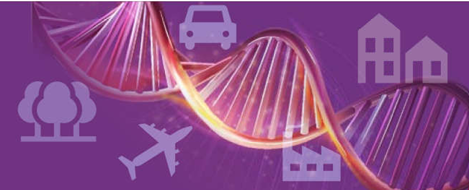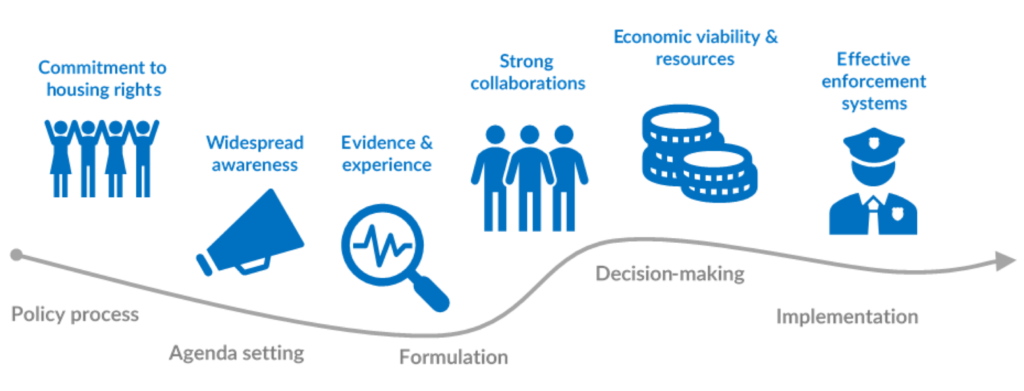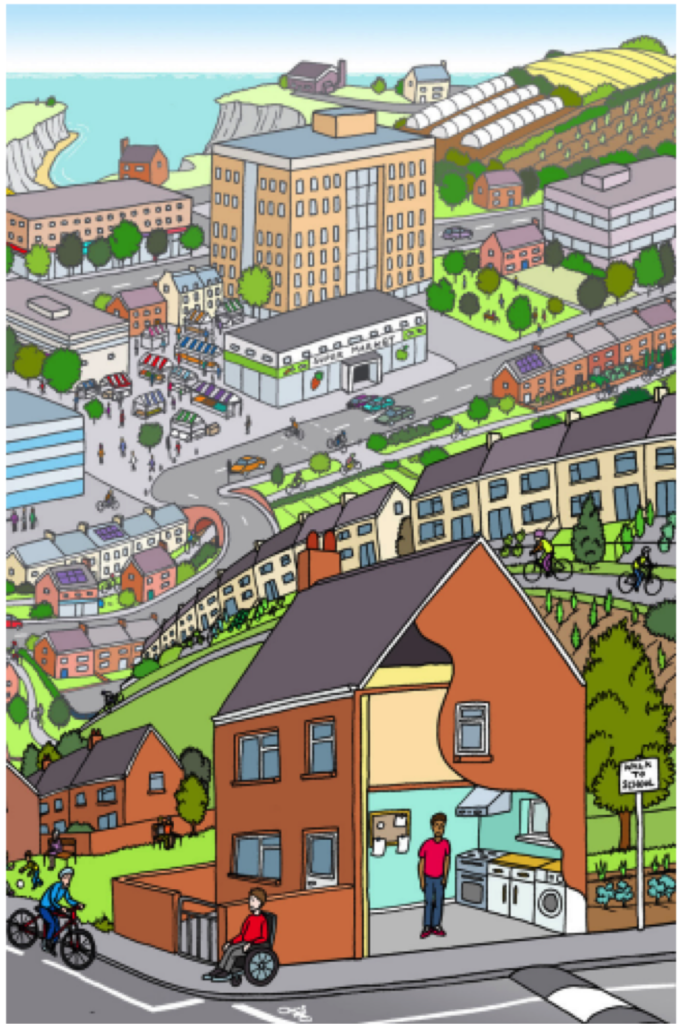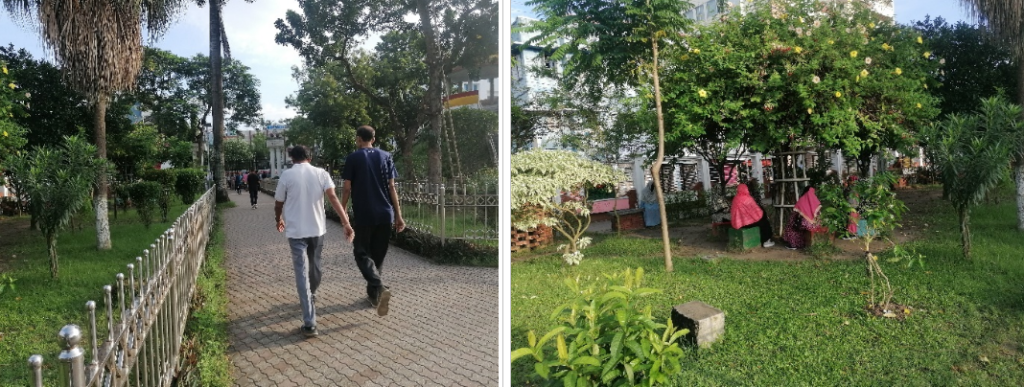City Know-hows

The epigenome may provide a necessary link to advance knowledge of the biological pathways underlying the urban environmental impact on cognitive impairment and neurodegenerative disease risk. Broadening understanding of these pathways will help fuel multi-sectoral collaboration with decision makers to advance urban environmental health for human cognitive benefit.
Share
Target audience
Urban planners and policy makers particularly those involved in urban green and blue space (development, quality and upkeep), cycling infrastructure and walkability. Those involved in the monitoring of urban air, soil, water, noise and light pollution/quality. Public health personnel working in healthy ageing, cognitive impairment and/or neurodegenerative disease.
The problem
The ageing global population faces rising cognitive impairment rates due to neurodegenerative diseases such as Alzheimer’s disease. With most people living in urban areas, exposure to environmental pollutants, notably air pollution, heightens the risk. However, urban settings also offer cognitive benefits through features like green spaces and walkable neighborhoods. Urban policies must prioritize pollution reduction and promote accessible health-enhancing features to support healthy ageing and mitigate neurodegenerative disease risk.
What we did and why
We reviewed literature on urban environmental impact on cognitive health, noting limited understanding of biological pathways. The epigenome, a modifiable biological feature, holds promise for elucidating these pathways. We discuss current epigenetic analytical methods, such as clocks and association studies, to address this gap. It is hoped that through encouraging this research, a knowledge base will be developed which can be used to drive urban policy recommendations.
Our study’s contribution
Our study is the first summary of our knowledge of the biological pathways involving epigenetic mechanisms linking the urban environment, cognitive impairment and neurodegenerative disease. Our study discusses the importance of co-exposure analysis, includes mention of advancing knowledge on novel urban environmental pollutants and taking a systems approach to this multi-disciplinary research field. Multi-sectoral collaboration will be integral in interpreting and drafting plans for research translation of this field.
Impacts for city policy and practice
Developing urban policy strategies including the mitigation of pollutants (including novel pollutants) and the enhancement of characteristics including urban green and blue spaces is a strategy which could decrease the risk of cognitive impairment and neurodegenerative disease in our ageing population.
Further information
SPACE project website: Short videos and fact sheets on how different aspects of the urban environment impact our health
GroundsWell Consortium website: Information on research concerning urban green and blue spaces and health
Full research article:
Exploring the epigenome to identify biological links between the urban environment and neurodegenerative disease: an evidence review by Sophie Glover, Claire Hill, Bernadette McGuinness, Amy Jayne McKnight and Ruth F. Hunter.
Related posts

The foundation is to generate awareness and evidence of existing housing conditions and their health impacts. Then collaborate across sectors and with stakeholders, establish effective enforcement systems, and tackle issues around private rights.

Our systematic review of the impacts of neighbourhood design on well-being found strong evidence linking design principles such as walkability and access to green space with health and well-being.

Public open spaces (e.g., parks, sports fields) are important for people to be physically active. However, previous studies, mostly conducted in Western countries, show that people are predominantly sedentary in such spaces. We found that public open space users were more active in Asia, suggesting a potential contribution of such spaces to people’s health.